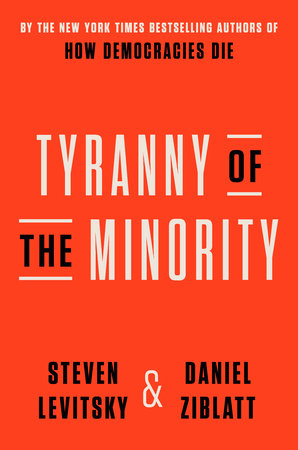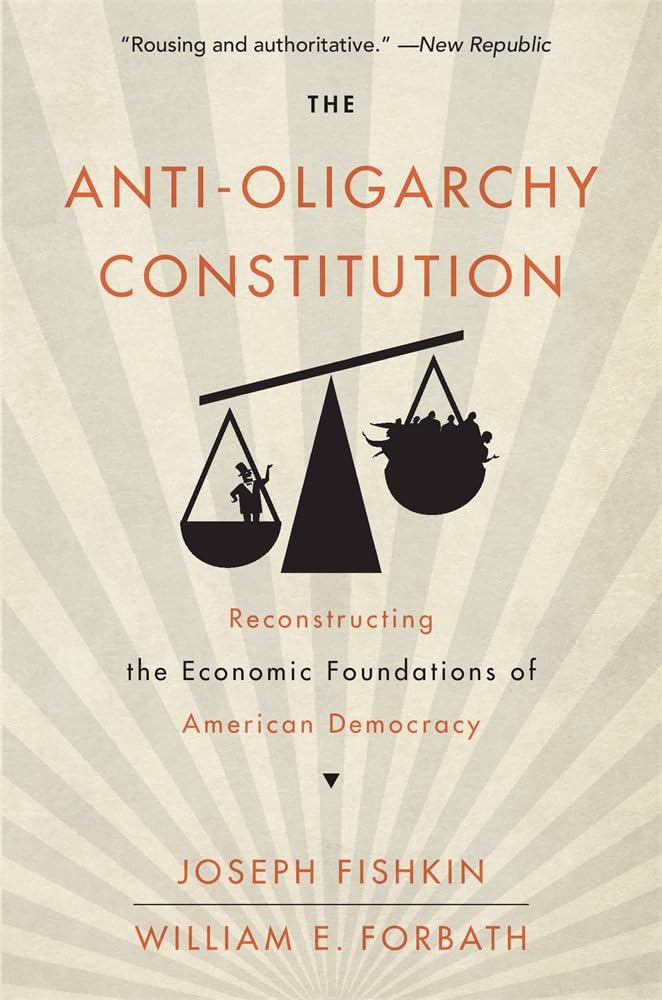Among the most successful movements against oligarchy were the Populists and Progressives, who used the document to treat the disabling economy of the Gilded Age. At the end of the nineteenth century, land promised to farmers in the West was gobbled up by banks, railroads, speculators, and cattle companies. Suddenly jobless, a new proletariat scuttled back East, praying for work in factories and cities. “Unemployment” appeared as a census category for the first time. Vagrants shattered store windows to get a bed for the night in jail. Meanwhile, the top one per cent owned half of the wealth.
When the United States was an agricultural society, distribution of property seemed like the fount of equality. But, as Macaulay anticipated, industrial capitalism—with its wrenching shift to wage labor, complex production lines, and corporate behemoths—had rendered that vision moot. The Populists and Progressives realized that they needed a new conception of democracy, one tied less to physical notions of land and labor than to the social facts of economic combination and coöperation. Mass parties, labor unions, public schools, strikes and boycotts, social insurance, minimum-wage laws, state banks and currency reform, antitrust regulation, income taxes, even economic planning: these were the new priorities, the material resources of freedom. They deserved all the constitutional fervor and protection that once attached to yeoman land.
In their quest to enact these changes, the Populists and Progressives hit a familiar wall—the Senate and the courts. The Senate was “a paradise of millionaires,” one critic cried. Edgar Lee Masters, the author of “Spoon River Anthology,” wrote that “plutocracy appoints the federal judges.” After Grover Cleveland sent in the troops to crush the Pullman Strike, which was organized by thousands of railroad workers, Illinois’s governor declared that “never before were the United States government and the corporations of the country so blended.”


